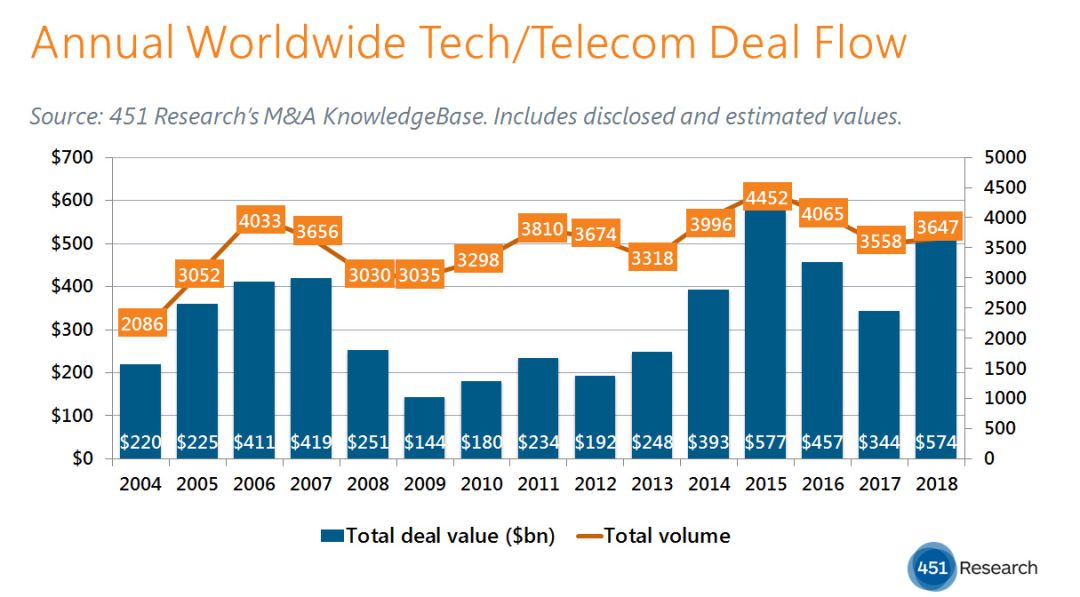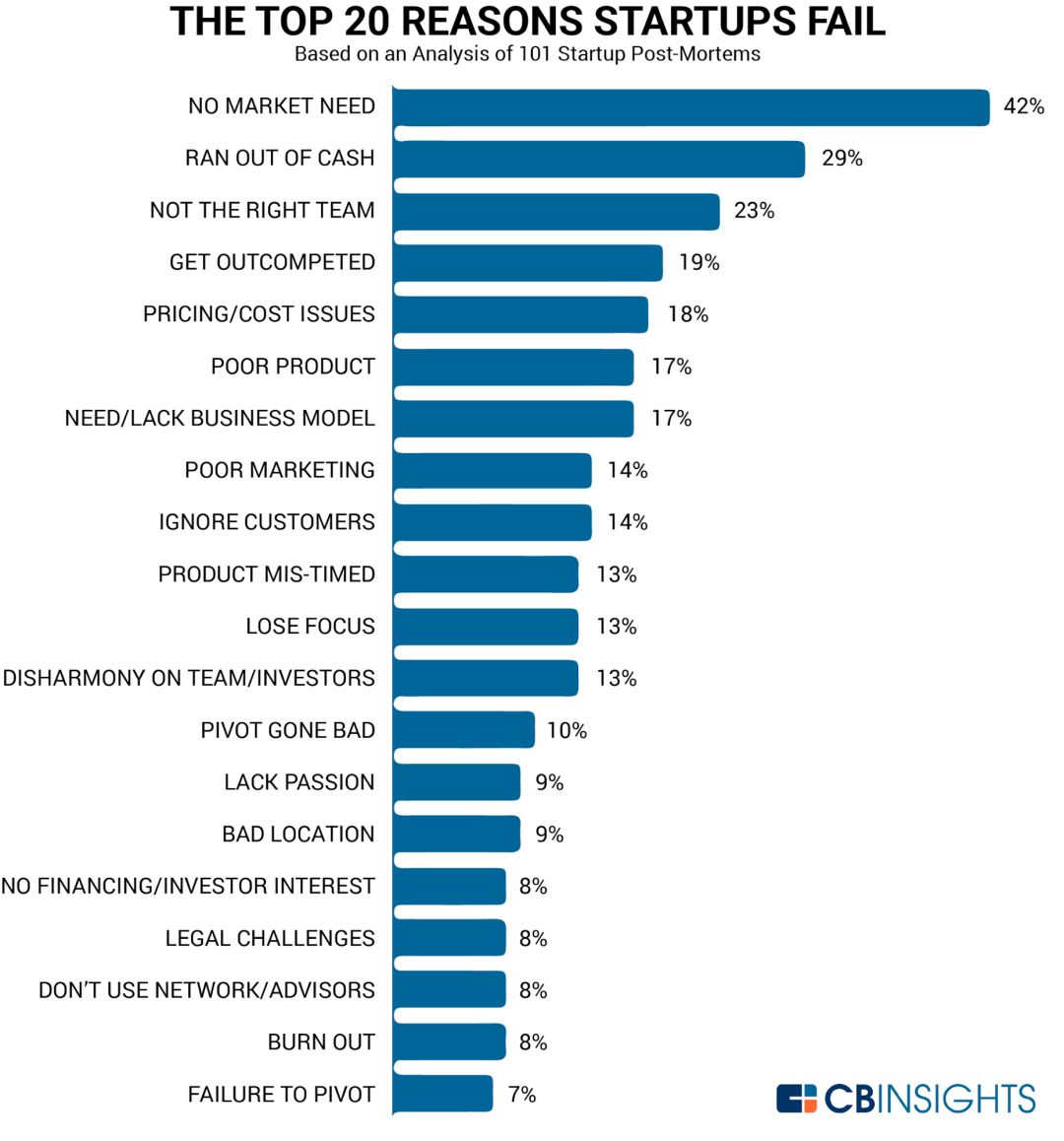Four strokes teach entrepreneurs how to build walls and build food.
Editor’s note: This article is from WeChat public account “Silicon Valley Insight” (ID: guigudiyixian ), author LakeDai & Silicon Valley Insight.
Will the winter come? If so, how should entrepreneurs spend?
On the 5th of this month, the US stock market can be called a “black day”:
Not only has it suffered the biggest decline since 2019, but technology companies have been particularly hard hit:
Shares of Microsoft, Apple, Amazon, Google’s parent company Alphabet, and Facebook all fell more than 3%, with a market value of $162 billion.
Among them, Apple’s share price fell 5.23%, the biggest decline since May this year.
The chip stocks also fell a bit on the day:
Intel fell 3.51%, AMD fell 4.93%, Nvidia fell 6.45%, and Qualcomm fell 3.30%.
In addition, the performance of the US bond market is also quite worrying:
On August 5th, the 10-year US bond yield fell to 1.73%, which was 32 basis points lower than the three-month US bond yield.
Usually, long-term US bond yields are higher than short-term US bond yields. If the opposite is true, it is seen that growth will now be higher than the future – that is, the economy may fall into recession.
plus the poor performance of Lyft and Uber after the listing this year, as well as companies such as Uber, Oracle, and IBM have made layoffs in the past month or two.
People can’t help but ask: Will the bubble break? If the winter is approaching, how should entrepreneurs spend the winter?
Today, Silicon Valley Insights analyzes this and interviews exclusively
Partner of LDV Partner, Silicon Valley Venture Capital Fund, Professor of Dairy University of Carnegie Mellon University.
Lake Dai teaches courses in artificial intelligence, blockchain, and product management at the Graduate School of Silicon Valley.
A decade of reincarnation, is winter coming?
On the eve of the Internet bubble in 2000, the primary and secondary markets were extremely enthusiastic about technology companies.
The “tech company” here also includes companies that have a lot of business and the Internet is completely irrelevant, as long as the name is added “e” or “.com” will double the trend.
The data shows that as of 1999, 39% of venture capital investments flocked to Internet companies;
In addition, up to 295 of the 457 IPOs in the year were related to Internet companies.
Under the enthusiasm, the Nasdaq index, which is dominated by technology stocks, went from less than 1,000 to more than 5,000 points between 1995 and 2000.
But as if overnight, the market lost confidence:
From March 2000 to October 2002, during the two-and-a-half-year period, the Nasdaq evaporated 76.81% from the peak of 5048.62 points and fell to 1139.90 points.
A group of former star companies have fallen. Of course, many companies that have finally proved their worth have not only come over, but also become the leading companies in the field of technology today, such as Amazon, Google, Netflix, PayPal, and domestic NetEase. Sina and so on.
The situation today is indeed similar to the eve of the 2000 bubble burst.
For example, the active performance of technology companies in the primary and secondary markets:
According to PwC and CB Insights in the fourth quarter of 2018 MoneyTree
Reported that last year, US companies’ venture capital transactions reached US$99.5 billion, the highest level since 2000;
And similar to the 1990s, M&A activity in the technology sector has increased in a short period of time.
The increase in the number of mergers and acquisitions in the short term can be understood as a negative signal of economic conditions.
(pictured from Morrison Foerster)
On the other side, in the past two years, many technology companies have rushed to list or prepare to go public:
Instacart, Lyft, Uber, Palantir, Pinterest, Postmates, Slack – Of these companies, only Airbnb is profitable for two consecutive years.
The poor performance of Uber after the listing, even let many media simply issued a statement, worried that Uber listing will become the catalyst to detonate the next technology bubble burst.
But there are alsoThe commentary believes that these companies are eager to go public and may be afraid to miss the “last window” – after all, the IPO market’s ability to undertake is closely related to macroeconomics and market health.
In the past two years, the global economic slowdown and political uncertainty have been reflected in the volatility of the stock market.
Besides getting together and being quite similar in the past, today’s technology companies’ play is also a shadow 20 years ago.
Before the bubble burst in 2000, when Wall Street evaluated the value of a technology company, it was very confused. The concept of “burning money for growth” was born at that time:
“Entrepreneurial must make money” has become a chase for indicators such as UV (independent visitors), PV (clicks), DAU (number of daily active users)
At that time, the food distribution company WebVan and pet products company Pets.com, which is now buried in the dust of history, adopted the idea of “crazy city expansion, advertising marketing, and financing is victory”.
What’s disturbing is that 20 years later,
Many startups in the technology sector are still taking the same approach, even though earnings are nowhere in sight.
The last two bubbles of the decade: the Internet bubble of 1999-2000, the crisis caused by the credit in 2008, and now another decade, does it mean that we are going to usher soon Bubble?
I am afraid that no one can give a definitive answer, but Silicon Valley Insight notes that from the second half of last year to the present, in many exchange meetings and meet up in Silicon Valley, many VC attitudes have indeed become cautious and conservative. I am completely ignorant of the optimism of the previous two years.
“No one knows when the music will stop, but it will stop overnight.”
(Nobody knows when music will stop, but it will suddenly stop overnight.) It seems to be the consensus of many people.
It seems that Silicon Valley will usher in a change anyway.
As entrepreneurs, you also need to prepare early before the unknown winter comes.
Entrepreneurs in the winter:
High wall, wide grain accumulation
For those who have already started a business, how can they survive this round of entrepreneurial winter?
As an Internet veteran who experienced the Internet bubble in 2000 and the 2008 US economic downturn, Lake Dai suggested that in order for a startup team to survive the winter, it must
Plan as early as possible in four areas:
Adjust strategy, store food for the winter, streamline expenses, and ensure team stability.
Adjusting the strategy means re-evaluating the impact of future economic forms on your industry and the emergence of new opportunities in the industry.
It’s hard to say that the winter is coming and tightening the belt. In the famous “Top 20 Reasons for the Failure of Startups” summarized by CB Insights,
“The money is over” The second reason for the failure of startups is
It is more common than “being more than competitors”, “women with team members”, and “poor products”, second only to “products without market”.
(Top 20 reasons for the failure of startups, from: CB Insights, copyright belongs to the original author)
For startups that lack their ability to build blood,
Early financing, and the need to take care of sufficient financing, is particularly important.
VC funds come from LPs, such as pension funds, education funds, family offices, etc.
Due to the stock market downturn during the economic downturn, LPs (and other smaller investors are also the same) tend to avoid risks and put money in relatively low-risk investment channels when stock market volatility, so VC will be reduced at this time. A high-risk payback period investment configuration.
This will cause some VCs to be difficult to get money, or simply not get enough money.
In this case, VC investment will become more cautious, and this influence will affect entrepreneurs, and entrepreneurs need to accumulate food as early as possible in the winter.
On the eve of the bubble burst in 2000, Internet stock valuation company Peg

